In today’s post, I want to share some of the key lessons we’ve learned over our ten years and twelve completed crowdfunding campaigns, primarily from the perspective of a small board game publisher. The crowdfunding landscape has changed dramatically in that time, and we’ve had to evolve alongside it. This list only scratches the surface, but I hope you’ll find these insights helpful! Let’s dive in!
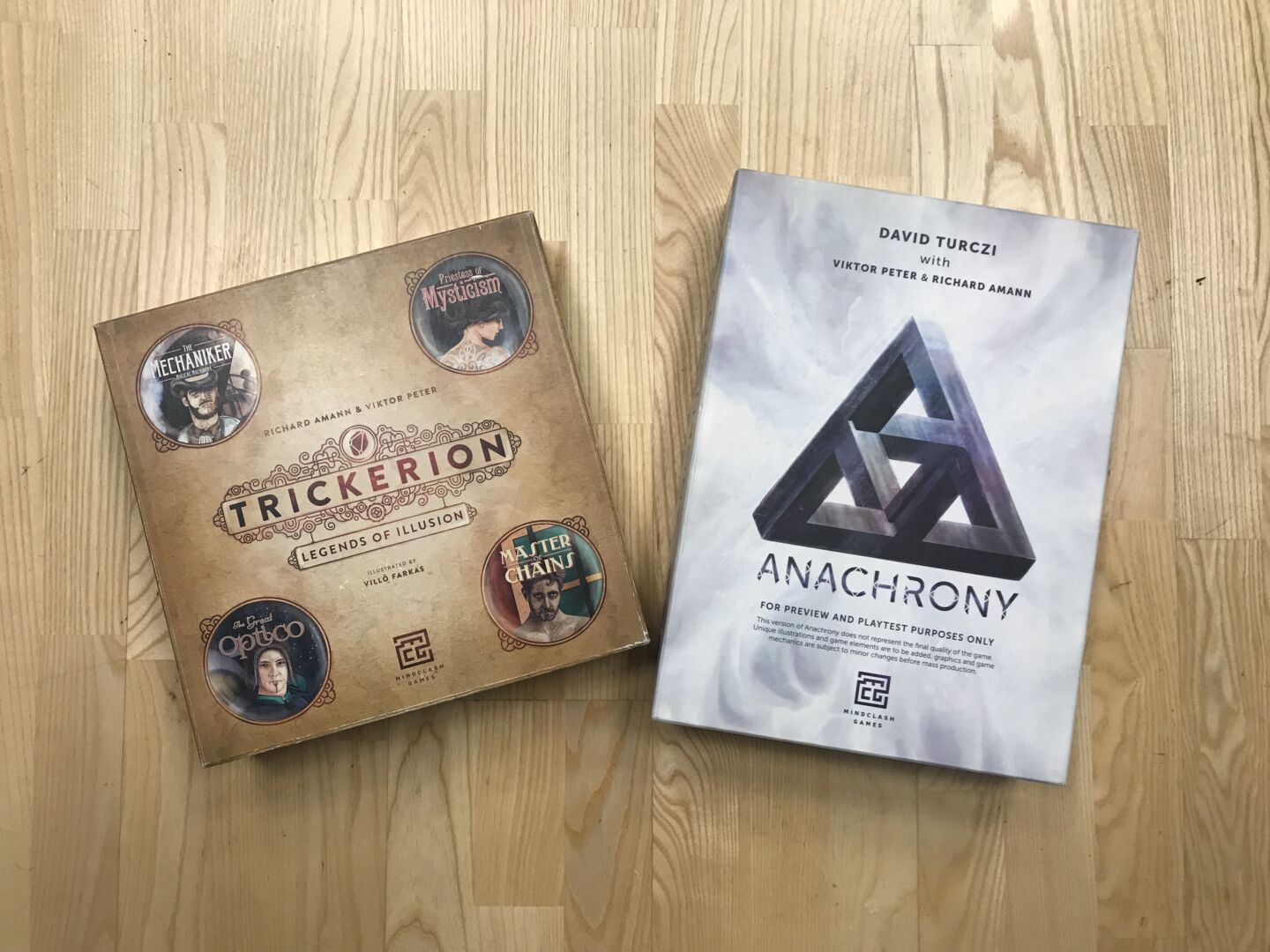
Innovation Is Riskier Than It Used to Be
This might sound counterintuitive because, after all, isn’t crowdfunding supposed to support bold, innovative ideas? And in many ways, it still does. Groundbreaking titles like Arcs, Hegemony, or Voidfall likely wouldn’t exist without crowdfunding platforms like Kickstarter.
But if we look purely at the data, it's clear that deluxified reprints, special editions, sequels, and expansions of beloved games consistently outperform original concepts. This mirrors trends in other entertainment industries and reflects a growing preference for familiarity and reliability, especially in uncertain times, when the risks inherent to crowdfunding are compounded by volatile market conditions and the shadow of undelivered campaigns.
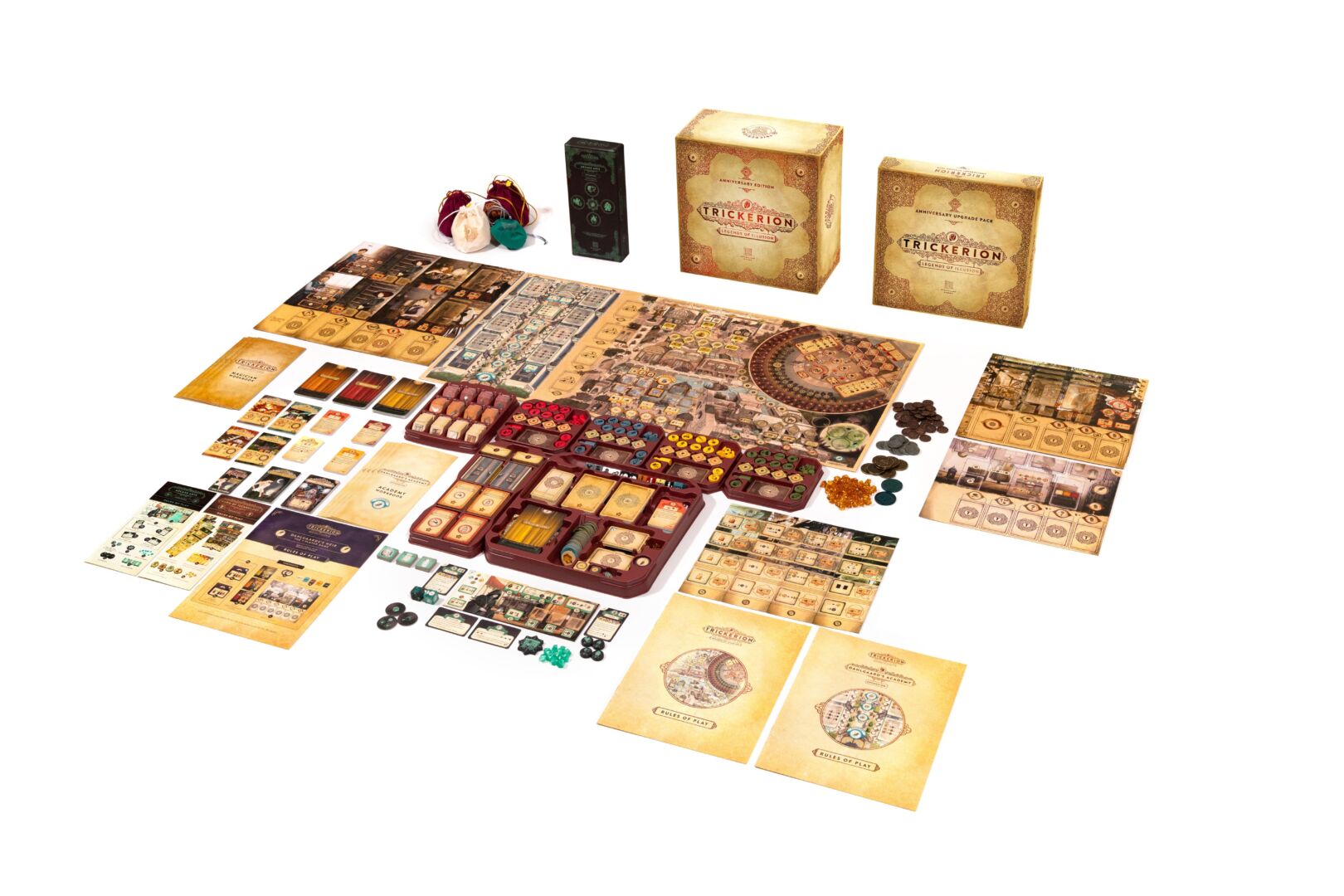
As a designer, I love to push creative boundaries and explore new ideas. As a business owner, however, I’m fortunate to have several well-known titles in our portfolio. This gives us the opportunity to revisit and refine those games, keeping them fresh and accessible for new audiences, something I now value just as much as innovation.
The Crowdfunding Audience Is Changing
Partly as a result of the above, it has become more difficult to attract backers who are completely new to crowdfunding or to our brand. This is especially true for heavier, more complex board games like the ones we publish. Today’s backers are often returning fans, seasoned hobbyists, or people with dozens of Kickstarter board games under their belts.
Understanding this shift has helped us rethink how we plan and run campaigns. In my experience, this more mature audience tends to prefer clear, well-thought-out product offerings over an abundance of stretch goals or “content bloat.” They also appreciate shorter, more informative campaign updates over lengthy storylines or excessive community interaction.
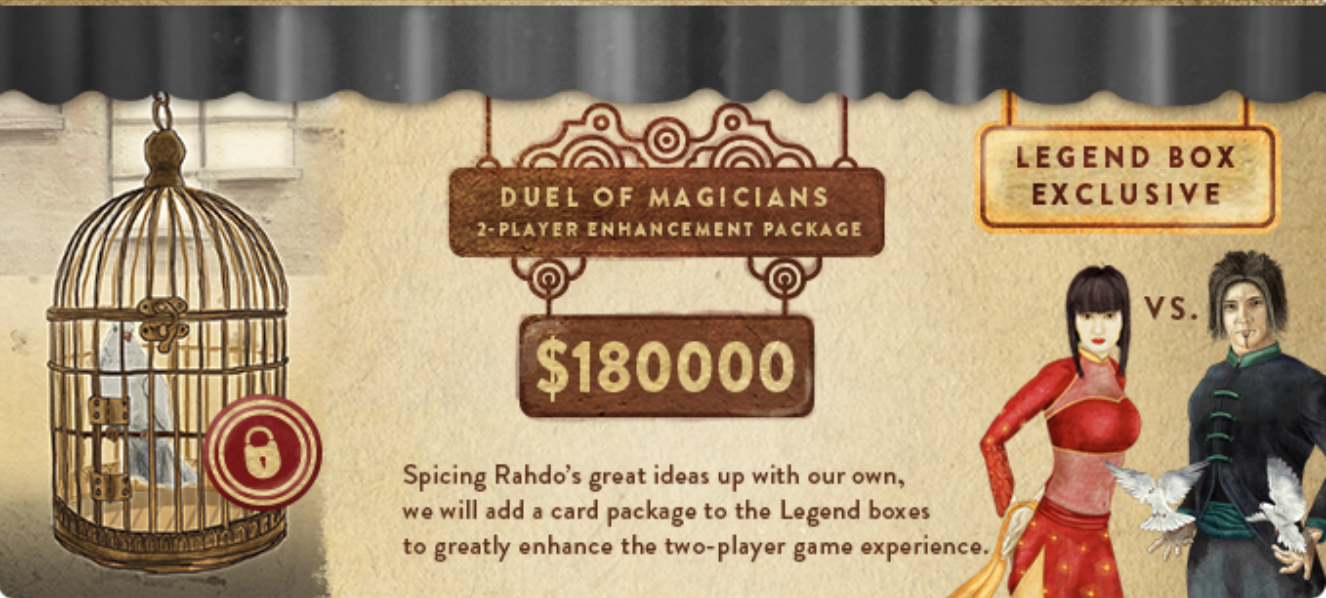
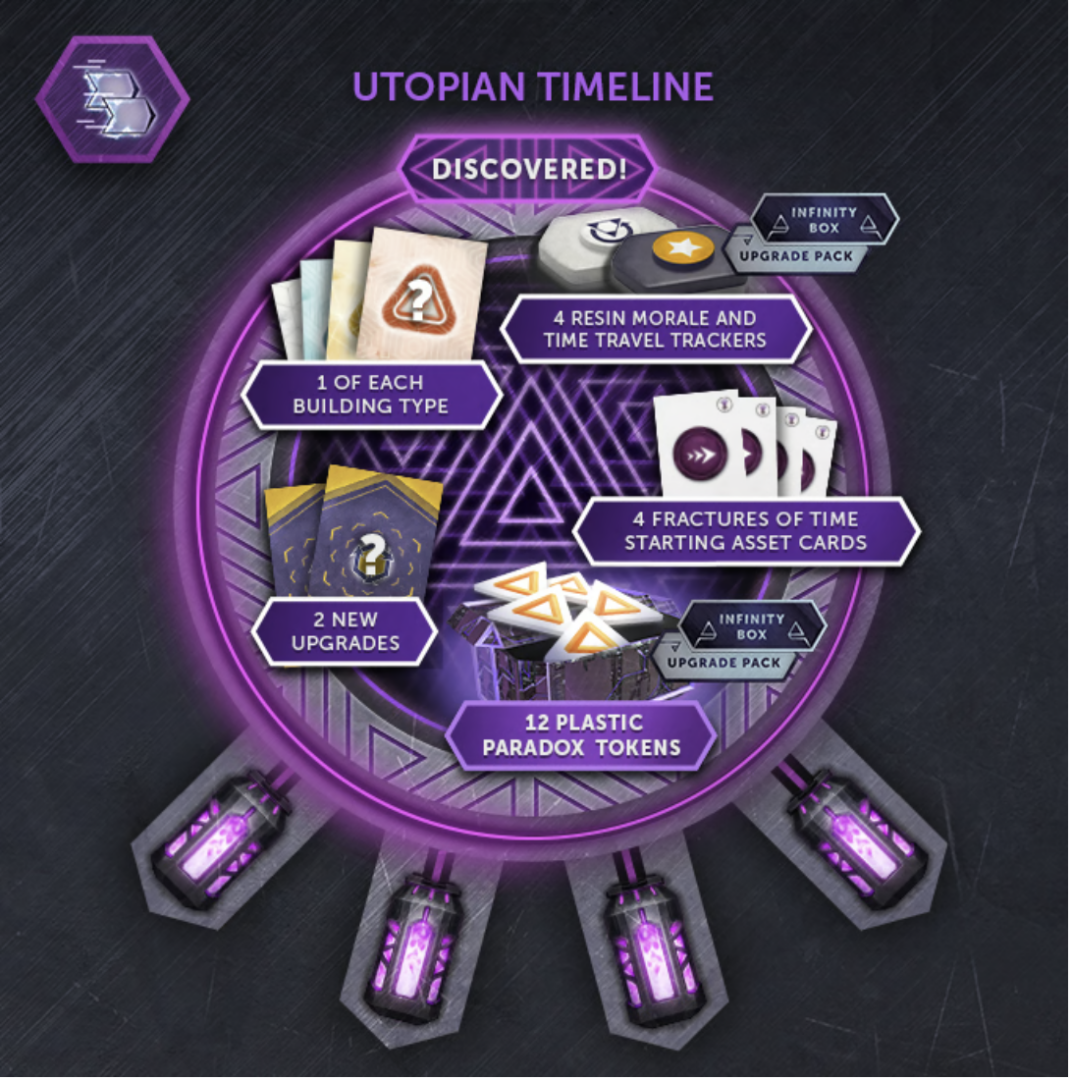
Engagement metrics, like comment counts or Kickstarter messages have noticeably declined in our recent campaigns. But I see that less as a sign of waning interest, and more as evidence that our campaign pages are doing their job. A lower number of comments can even mean that we’ve done a good job getting our message through on the campaign page.
Localization Matters More Than Ever
For many years, our focus was on crowdfunding and delivering the English versions of our games first, with localized retail editions following in later print runs. But as our deluxe editions gained popularity, that model no longer worked. More and more players wanted localized deluxe versions and not just retail ones, and demand grew from our localization partners as well.
So, we decided to shift focus with Voidfall in 2021 and went for a fully localized German and French Deluxe edition right from the start. This move contributed significantly to the campaign’s success but it also introduced major complexity. Development and production became far more challenging, and delays were inevitable.
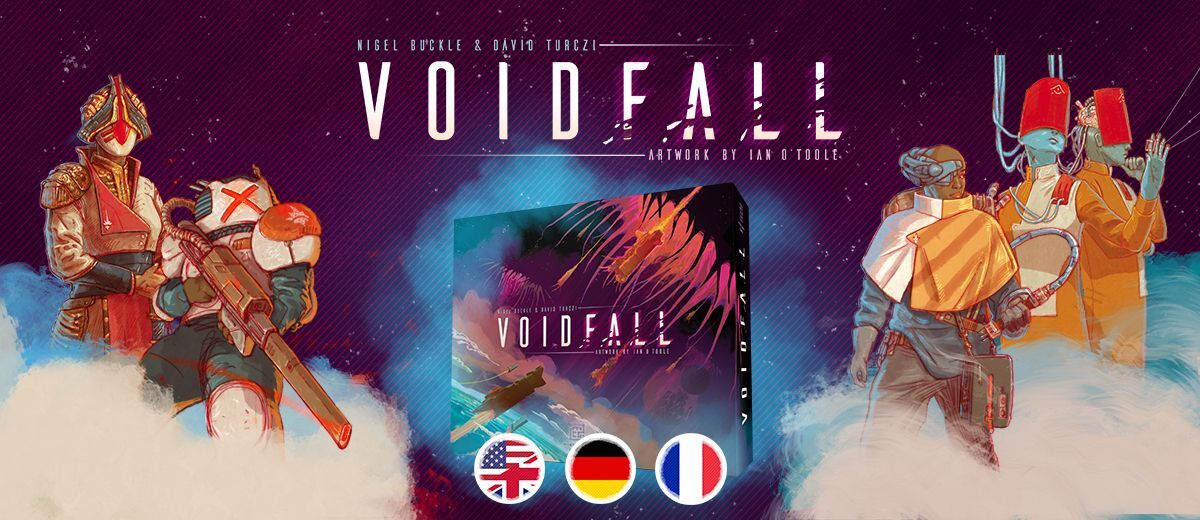
Through a great deal of trial and error, we’ve learned how to integrate first-print localization into our workflow more effectively. It still demands rigorous coordination, reliable partners, and a lot of internal discipline but the payoff is worth it. We've been gradually expanding our language offerings ever since.
Don’t Cut Corners on Services
We’re proud of the quality of our board games both in design and production but building a premium brand goes beyond the product itself. The services we rely on must reflect the same level of quality.
Over the years, we’ve learned (often the hard way) that cheaper service providers are rarely worth the savings. This applies to critical partners like manufacturers, fulfillment providers, and tax advisors, but also to areas like video production and copywriting. While there are exceptions, most of our long-term collaborators are on the more expensive side - and for good reason.
In crowdfunding campaigns, where customer engagement is high and scrutiny is intense, every detail matters. High-quality services help ensure that backers receive not just a great game, but a consistently premium experience.
Crowdfunding Alone Isn’t Enough Anymore
It might seem odd to hear this from us, given that a significant portion of our revenue still comes from crowdfunding. I still love the process: the adrenaline of launch day, the buzz around content reveals, and the joy of seeing people excited about our games.
But the reality is that crowdfunding alone no longer offers the stability it once did.If you’re betting everything on 1-2 campaigns per year (more than that is only realistic for bigger companies), then even if you can estimate their performance very well, external factors like tariffs or container price surges can put the entire business at risk almost overnight.
So what’s the solution? There are several ways to diversify your revenue streams: localization deals, licensing and spin-offs, or digital adaptations of your games, just to name a few. But in my opinion, retail sales are the most important piece of the puzzle and one that deserves its own article. Even when launching a game via crowdfunding, you need to think ahead to long-term retail success.
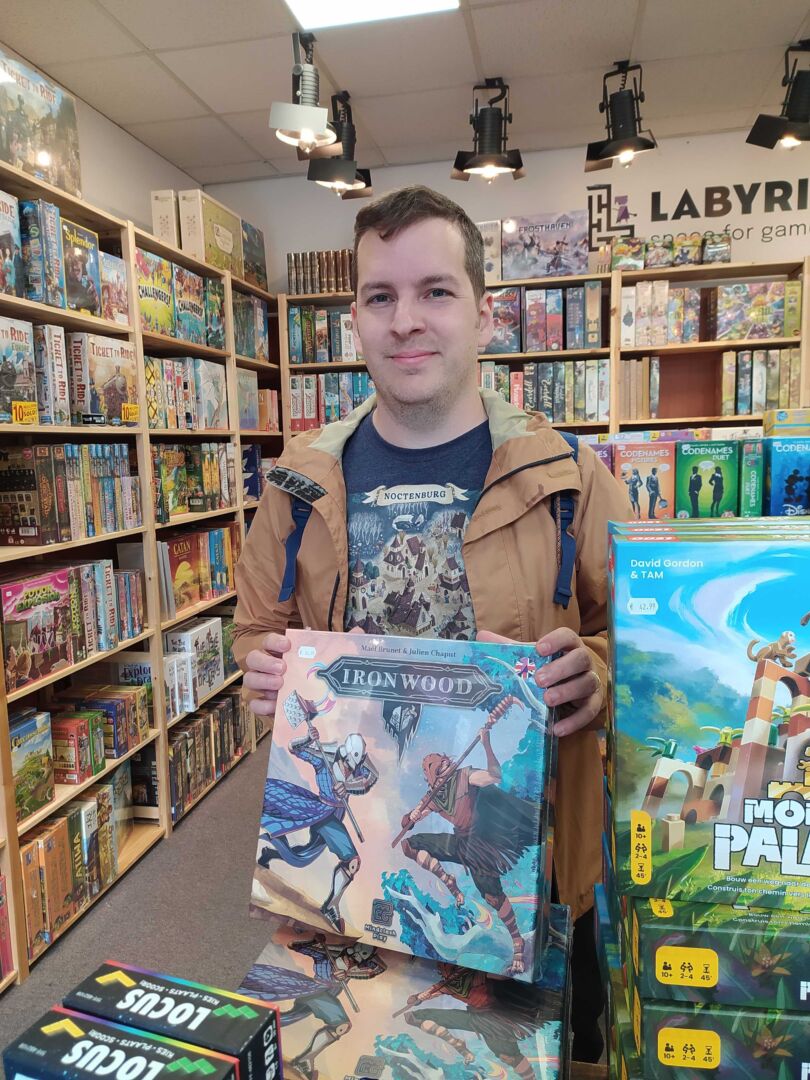
The retail version shouldn’t be an afterthought. It’s critical to strike the right balance between the crowdfunded deluxe edition and the standard retail edition, as the former can easily cannibalize the latter’s sales. Recognizing this, we launched Mindclash Play two years ago, a new product line where every game is designed with retail in mind from the very beginning. These titles skip crowdfunding entirely and focus on long-term shelf appeal. It’s a very different mindset, and we’re still learning but we’re making steady progress.
Final Thoughts
Crowdfunding is still an incredible tool for launching and marketing new board games but it’s not a silver bullet. The landscape has changed, the audience has evolved, and the expectations are higher than ever. By embracing those changes, adapting your strategy, and investing in quality across the board, you can still thrive as a board game publisher in this new era.
Thanks so much for reading and if you’re considering launching a crowdfunding campaign or planning your next big project, I hope these insights help guide your way!
